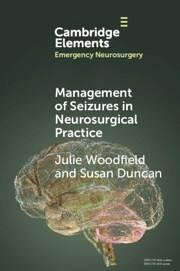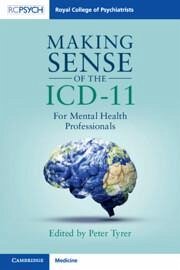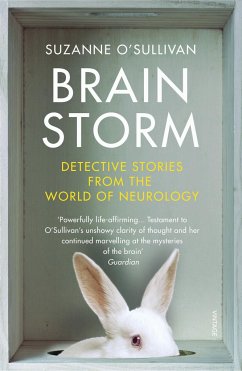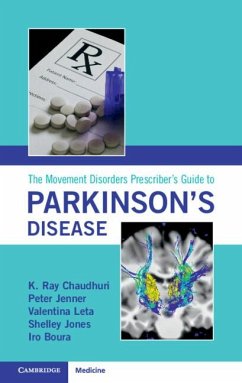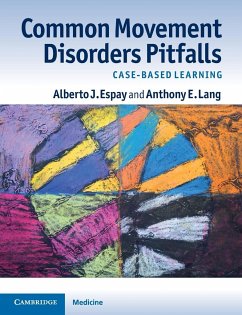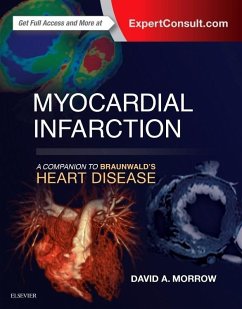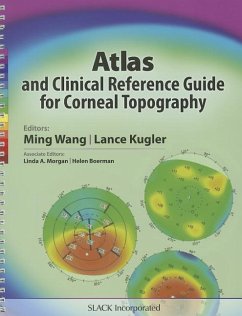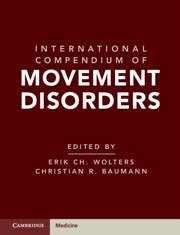
International Compendium of Movement Disorders
Versandkostenfrei!
Versandfertig in über 4 Wochen
218,99 €
inkl. MwSt.

PAYBACK Punkte
109 °P sammeln!
Provides in-depth guidance on understanding and treating typical and atypical parkinsonisms and other movement disorders. Over 200 figures and 90 videos illustrate the concepts covered in the book, offering a visual reference for the disorders discussed. A multidisciplinary overview of the fundamental and clinical aspects of movement disorders.



